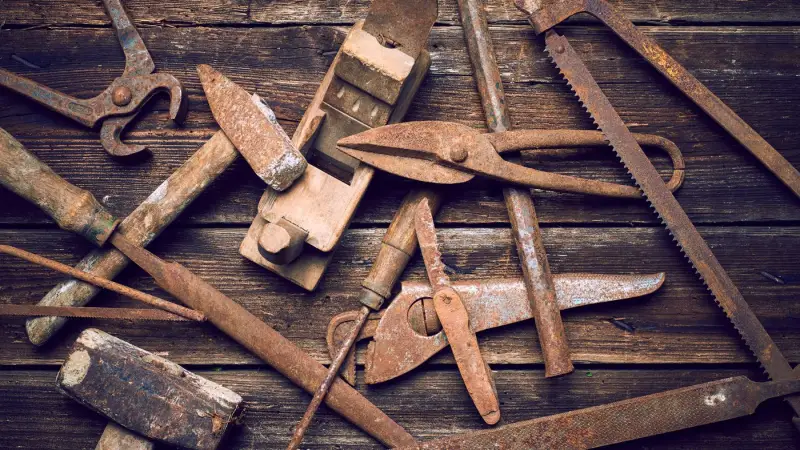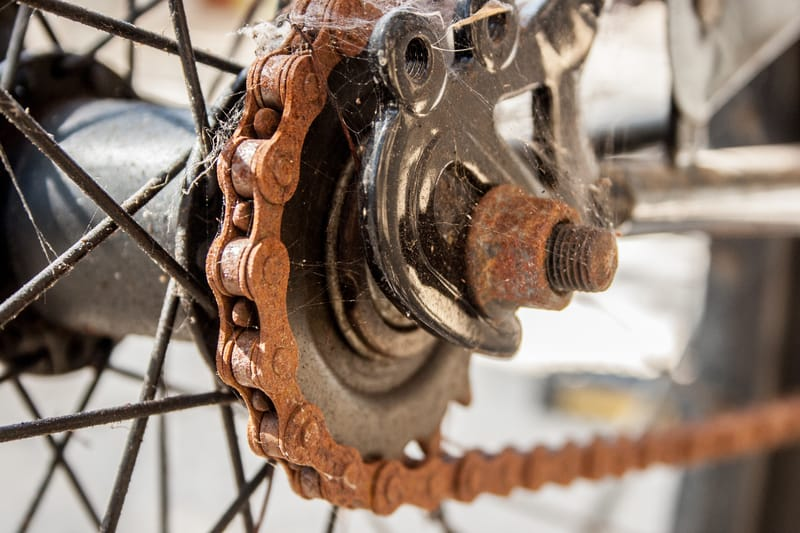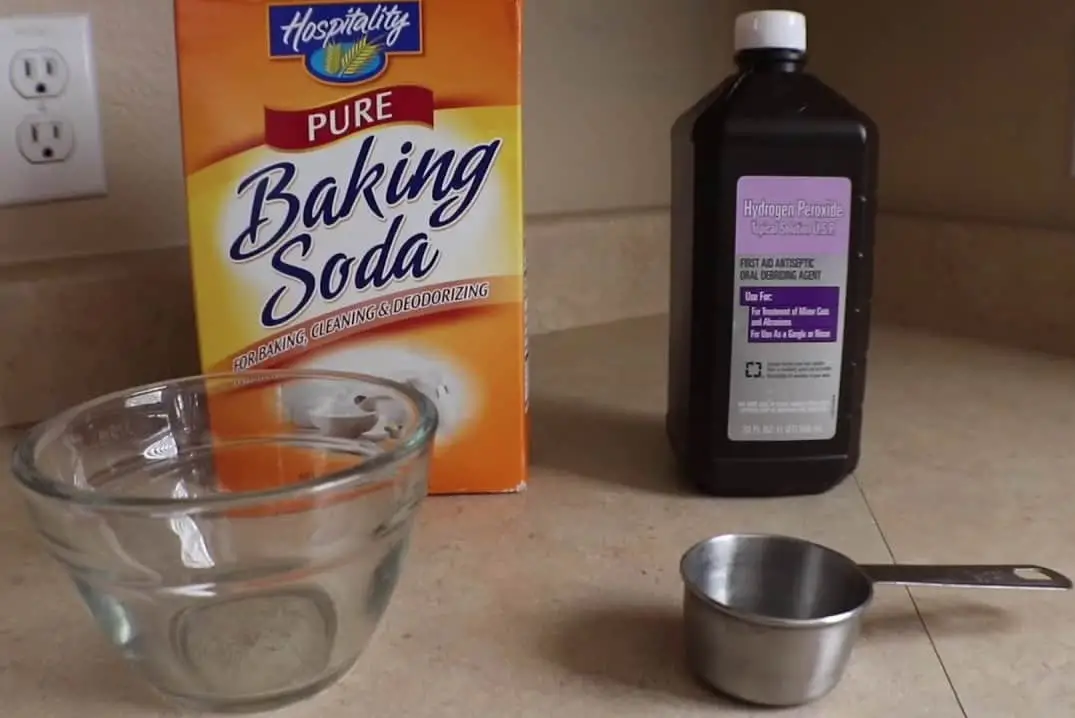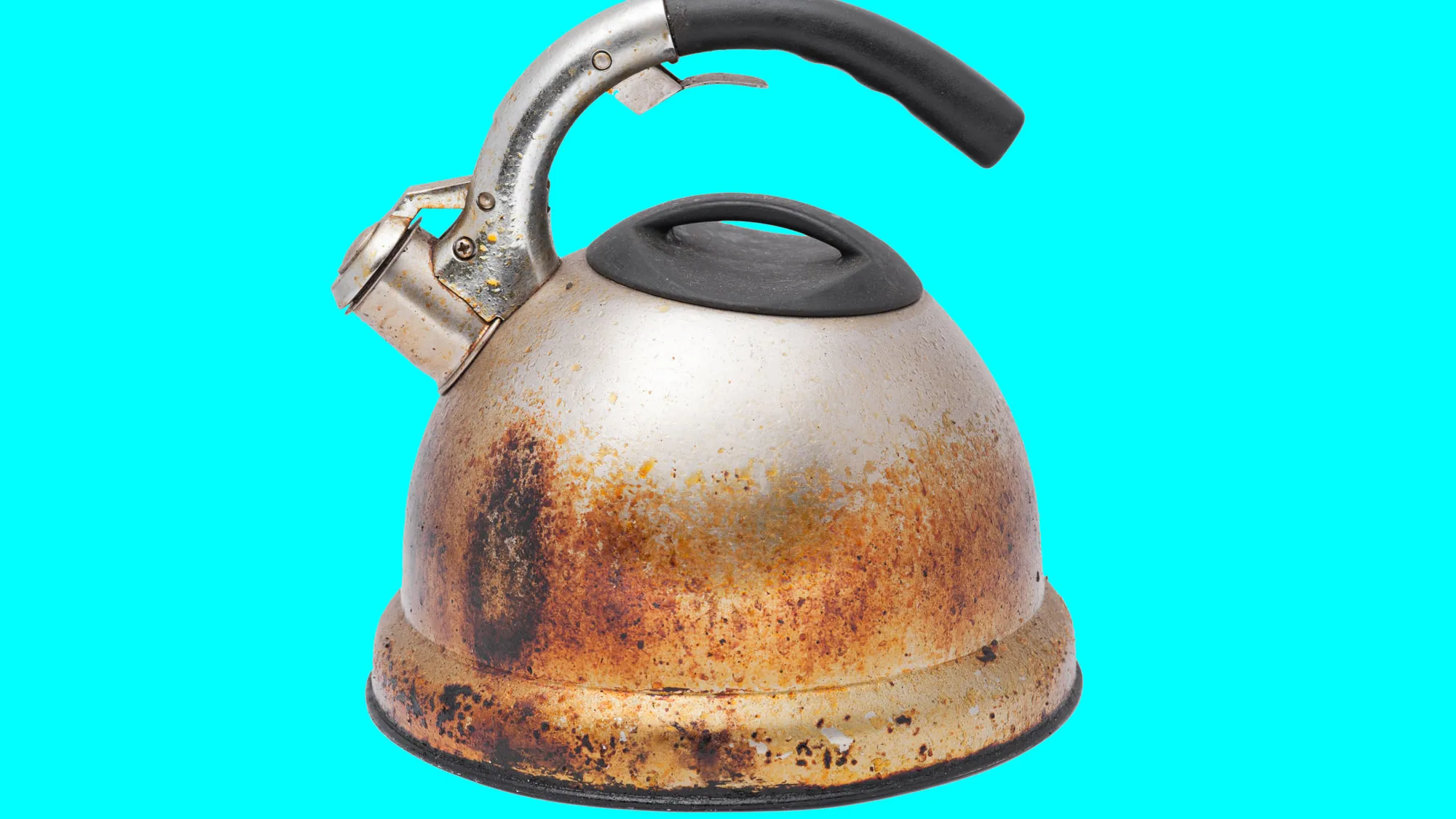Rust is a common issue that plagues many metal objects, especially those that are left outside and exposed to the elements. When rust starts to form on a metal surface, it can weaken the structure and make it look unsightly. In order to combat rust, there are two popular solutions available: rust converters and rust removers.
In this blog post, we will be taking a closer look at the differences between rust converters and rust removers and discussing their pros and cons. We will examine what each product does, how they work, and the ideal situations for each. By the end of this post, you will have a better understanding of what product is best for your needs. Whether you are trying to restore an old car or prevent rust from forming on a new metal object, this post will provide the information you need to make an informed decision.
Rust Converter Vs Rust Remover In Brief
First off, let’s talk about rust converters. Rust converters are basically a coating that you apply over the rust, which chemically changes the rust into a stable, black protective layer. This is great for those who want to keep their metal items looking good for longer, as the black layer acts as a primer for paint, helping it to adhere better and last longer. Additionally, rust converters are incredibly easy to use – all you need is a brush or spray can, and you can easily cover large areas of rust in no time!
Next up, rust removers. Rust removers are a type of chemical solution that you can use to dissolve the rust on a metal surface. They work by breaking down the rust and leaving a clean, rust-free surface behind. This is perfect for those who want to restore an old, rusty item to its former glory. Rust removers can be a bit more time-consuming to use than rust converters, but the end result is worth it – you end up with a clean, rust-free surface that’s ready for painting or further restoration.
Overall, both rust converters and rust removers are amazing products that can help you get rid of rust and protect your metal items from further damage. Whether you want to keep your metal items looking good for longer, or restore an old item to its former glory, there’s a rust solution out there that’s perfect for you!
Differences between Rust Converters and Rust Removers and their Pros and Cons
Method 1: Rust Converters
Rust converters are a type of coating that you apply over the rust, which chemically changes the rust into a stable, black protective layer. This layer acts as a primer for paint, helping it to adhere better and last longer. Rust converters are incredibly easy to use – all you need is a brush or spray can, and you can easily cover large areas of rust in no time!
Pros:
- Easy to use
- Can be applied with a brush or spray can
- Changes rust into a stable, black protective layer
- Acts as a primer for paint, helping it to adhere better and last longer
Cons:
- May not completely remove all of the rust
- May not be suitable for large areas of rust
- May not be suitable for items that will be painted a different color
Method 2: Rust Removers
Rust removers are a type of chemical solution that you can use to dissolve the rust on a metal surface. They work by breaking down the rust and leaving a clean, rust-free surface behind. Rust removers can be a bit more time-consuming to use than rust converters, but the end result is worth it – you end up with a clean, rust-free surface that’s ready for painting or further restoration.
Pros:
- Completely removes all of the rust
- Leaves a clean, rust-free surface
- Can be used on large areas of rust
- Can be used on items that will be painted a different color
Cons:
- May be more time-consuming to use
- May require additional steps (such as cleaning or neutralizing the surface) after the rust has been removed
Comparison Table
| Method | Pros | Cons |
|---|---|---|
| Rust Converters | Easy to use; can be applied with a brush or spray can; changes rust into a stable, black protective layer; acts as a primer for paint, helping it to adhere better and last longer | May not completely remove all of the rust; may not be suitable for large areas of rust; may not be suitable for items that will be painted a different color |
| Rust Removers | Completely removes all of the rust; leaves a clean, rust-free surface; can be used on large areas of rust; can be used on items that will be painted a different color | May be more time-consuming to use; may require additional steps (such as cleaning or neutralizing the surface) after the rust has been removed |
In conclusion, rust converters and rust removers are two different methods for solving the problem of rust. Rust converters are great for those who want to keep their metal items looking good for longer, while rust removers are great for those who want to restore an old, rusty item to its former glory. It’s important to carefully consider the pros and cons of each method before making a decision, as each method has its own unique set of benefits and drawbacks. Ultimately, the best method for you will depend on your specific needs and circumstances.

Table of Equipment to Work with Rust Converters and Rust Removers
Equipment for Rust Converters
| Equipment | Description |
|---|---|
| Brush or spray can | Used to apply the rust converter to the metal surface |
| Protective gloves | Used to protect your hands from the chemical components in the rust converter |
| Face mask | Used to protect your face and lungs from any fumes or vapors that may be produced by the rust converter |
| Protective eyewear | Used to protect your eyes from any splashes or drips of the rust converter |
| Drop cloth or old newspaper | Used to protect the surrounding area from spills or drips of the rust converter |
Equipment for Rust Removers
| Equipment | Description |
|---|---|
| Rust remover solution | Used to dissolve the rust on the metal surface |
| Brush or spray bottle | Used to apply the rust remover to the metal surface |
| Protective gloves | Used to protect your hands from the chemical components in the rust remover |
| Face mask | Used to protect your face and lungs from any fumes or vapors that may be produced by the rust remover |
| Protective eyewear | Used to protect your eyes from any splashes or drips of the rust remover |
| Drop cloth or old newspaper | Used to protect the surrounding area from spills or drips of the rust remover |
| Neutralizing solution | Used to neutralize the surface after the rust has been removed (if required) |
Note: The specific equipment required may vary depending on the type of rust remover or converter you are using, so be sure to consult the product instructions before starting your project.

Step-by-step Instruction on Rust Converter vs Rust Remover
Step-by-Step Guide for Rust Converters
- Prepare the surface: Clean the metal surface of any dirt, grime, oil or grease using a degreaser and a wire brush. Sand the surface with sandpaper to remove any loose rust.
- Protect the surrounding area: Cover the surrounding area with a drop cloth or old newspaper to protect it from any drips or spills. Put on protective gloves, a face mask, and protective eyewear.
- Apply the rust converter: Either use a brush or a spray can to apply the rust converter to the metal surface, making sure to follow the manufacturer’s instructions.
- Wait for the rust converter to dry: Wait for the rust converter to dry completely, usually 4-6 hours, before moving on to the next step.
- Apply paint or primer: After the rust converter is dry, you can now apply a paint or primer to protect the metal surface from rusting again.
Step-by-Step Guide for Rust Removers
- Prepare the surface: Clean the metal surface of any dirt, grime, oil or grease using a degreaser and a wire brush. Sand the surface with sandpaper to remove any loose rust.
- Protect the surrounding area: Cover the surrounding area with a drop cloth or old newspaper to protect it from any drips or spills. Put on protective gloves, a face mask, and protective eyewear.
- Apply the rust remover: Use a brush or spray bottle to apply the rust remover to the metal surface, making sure to follow the manufacturer’s instructions.
- Wait for the rust remover to work: Wait for the rust remover to work, usually 10-15 minutes, before moving on to the next step.
- Remove the rust: Scrub the metal surface with a wire brush to remove the rust. Rinse the surface with water to remove any residue from the rust remover.
- Neutralize the surface (if required): If the rust remover requires a neutralizing solution, use it to neutralize the surface and rinse it with water.
- Apply paint or primer: After the surface has dried completely, you can now apply a paint or primer to protect the metal surface from rusting again.
Note: Always follow the manufacturer’s instructions and safety precautions when using rust converters or removers. It’s also a good idea to test the product on a small, inconspicuous area of the metal surface first to ensure that it’s safe and effective.
FAQ
What is rust converter?
Rust converter is a chemical solution that is applied to metal surfaces with rust to convert the rust into a protective coating. The chemical reaction creates a black, protective layer that seals the rust and stops it from spreading.
What is rust remover?
Rust remover is a chemical solution that is applied to metal surfaces with rust to dissolve the rust and remove it from the metal surface. The surface is then cleaned and treated to prevent rust from forming again.
What are the benefits of using rust converters?
Rust converters are quick and easy to use, don’t require scrubbing or sanding, and can be used on metal surfaces that are still in use. They are also a cost-effective solution for removing rust, as they do not require the removal of the rust and can be painted over after application.
What are the benefits of using rust removers?
Rust removers provide a deeper clean and are effective in removing even heavy rust. They are also ideal for metal surfaces that need to be cleaned to a smooth finish before painting.
Are rust converters and rust removers safe to use?
When used as directed, rust converters and rust removers are generally safe to use. However, it’s important to always follow the manufacturer’s instructions and safety precautions, such as wearing protective gloves, a face mask, and protective eyewear.
How long does it take for a rust converter or rust remover to work?
The time it takes for a rust converter or rust remover to work can vary depending on the product and the severity of the rust. In general, rust converters take 4-6 hours to dry, while rust removers take 10-15 minutes to dissolve the rust.
Can rust converters and rust removers be used on all types of metal surfaces?
Rust converters and rust removers are designed to work on iron and steel surfaces, but some products may not be suitable for use on other metals, such as aluminum. Always check the manufacturer’s instructions to ensure that the product is suitable for use on your metal surface.
Do I need to prime or paint the metal surface after using a rust converter or rust remover?
Yes, it’s important to prime and paint the metal surface after using a rust converter or rust remover to protect it from rusting again. The surface should be completely clean and dry before applying primer and paint.



Leave a Reply